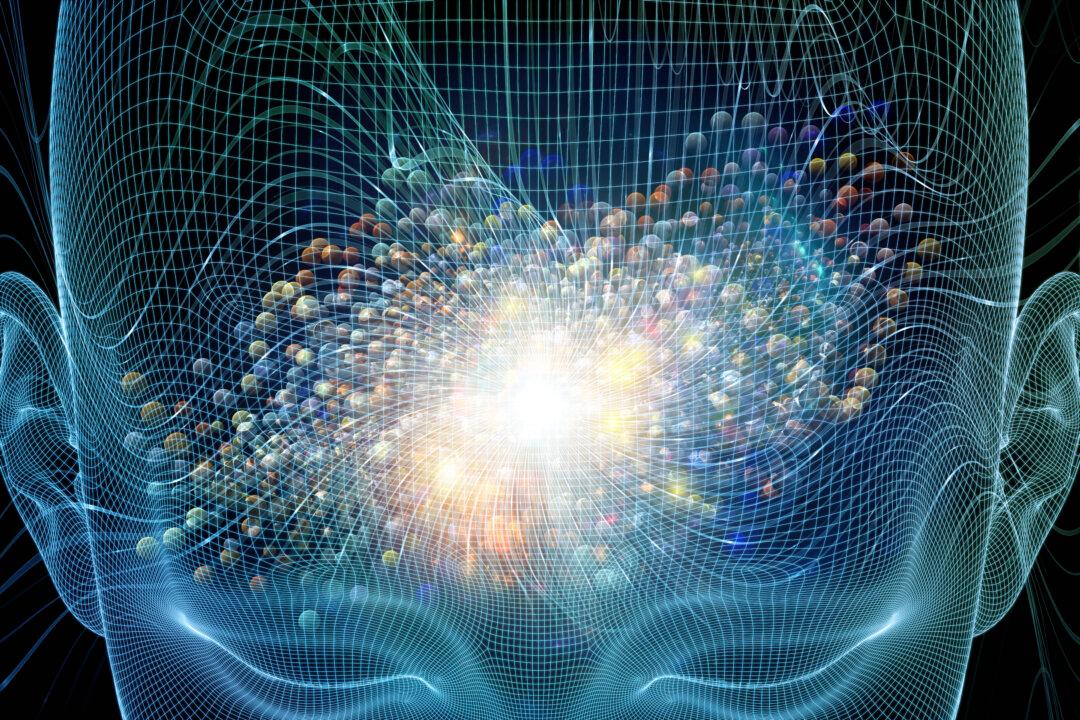Brain waves vibrate at different frequencies according to different states of mental alertness. Research has shown that at “Aha! moments” the brain is emitting Gamma waves.
We discussed this research and the various other frequencies of vibration in the article “Gamma Waves and Inspiration.” Now we'll take a closer look at how meditation could help produce off-the-chart Gamma waves, and thus, perhaps, off-the-chart “Aha! moments.”




